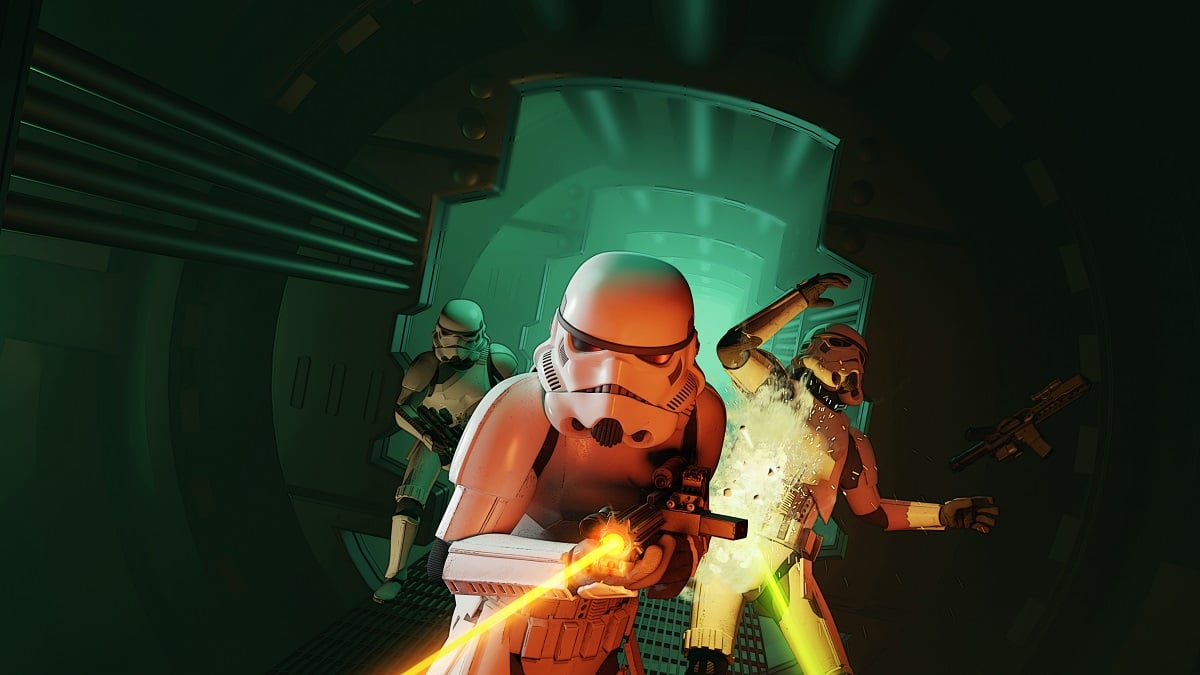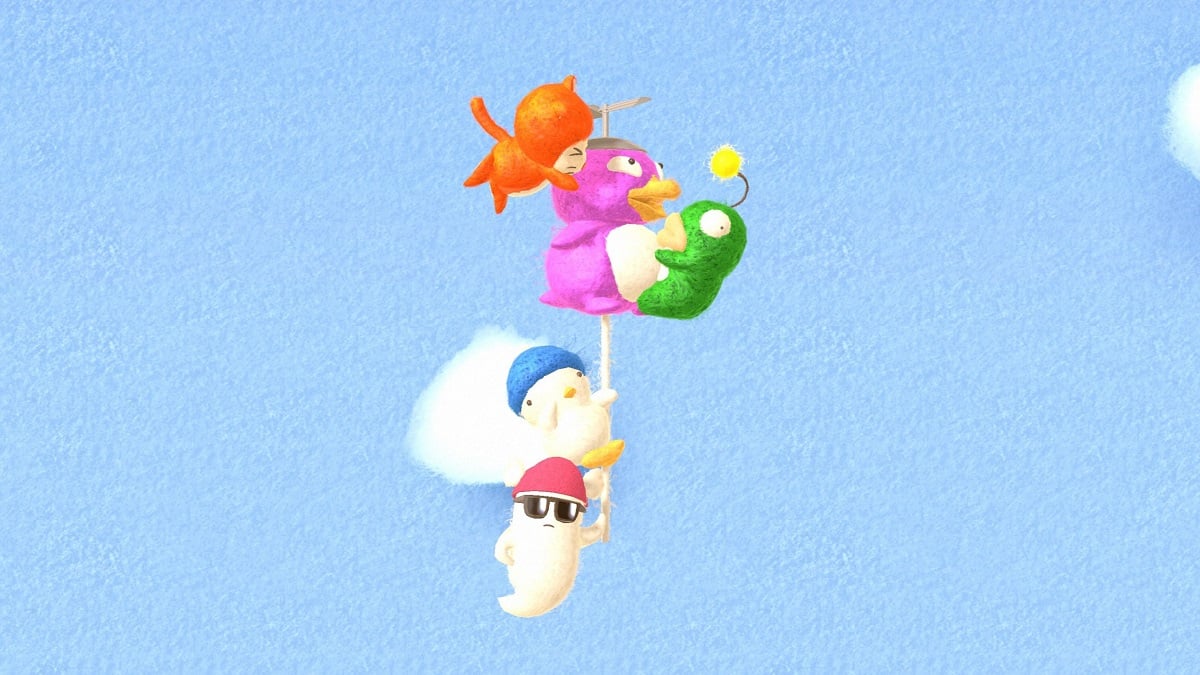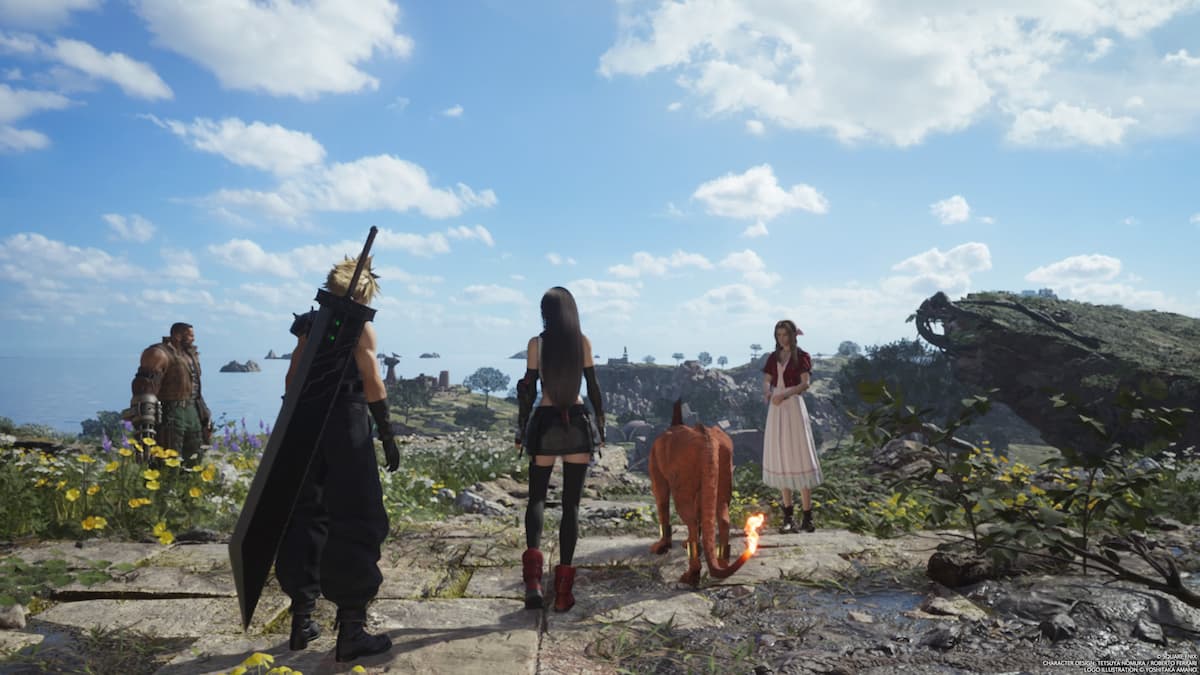Death Stranding: Director’s Cut offers players the opportunity to return to the world created by acclaimed game designer Hideo Kojima in his first project after leaving longtime employer Konami to form Kojima Productions. Initially released in 2015, the game proved divisive. Some celebrated Kojima’s worldbuilding and originality, while others criticized its excesses and gameplay, sometimes mockingly referred to it as a “walking simulator.” Death Stranding: Director Cut is unlikely to bridge that gap as it does little to alter Death Stranding‘s core gameplay. However, those enchanted by its thanatological musings and ’80s action-movie aesthetic will find this to be the definitive version.
For those who — like this reviewer — didn’t engage with Death Stranding‘s original release, Death Stranding takes place in a post-apocalyptic America. The Death Stranding event went off like a nuclear bomb but affected reality on a metaphysical level. Now every time anyone dies, they also cause something called a voidout, which invites ghost-like creatures called BTs from the Beach — the place where the afterlife bumped into the world of the living during the Death Stranding — to begin haunting that location.
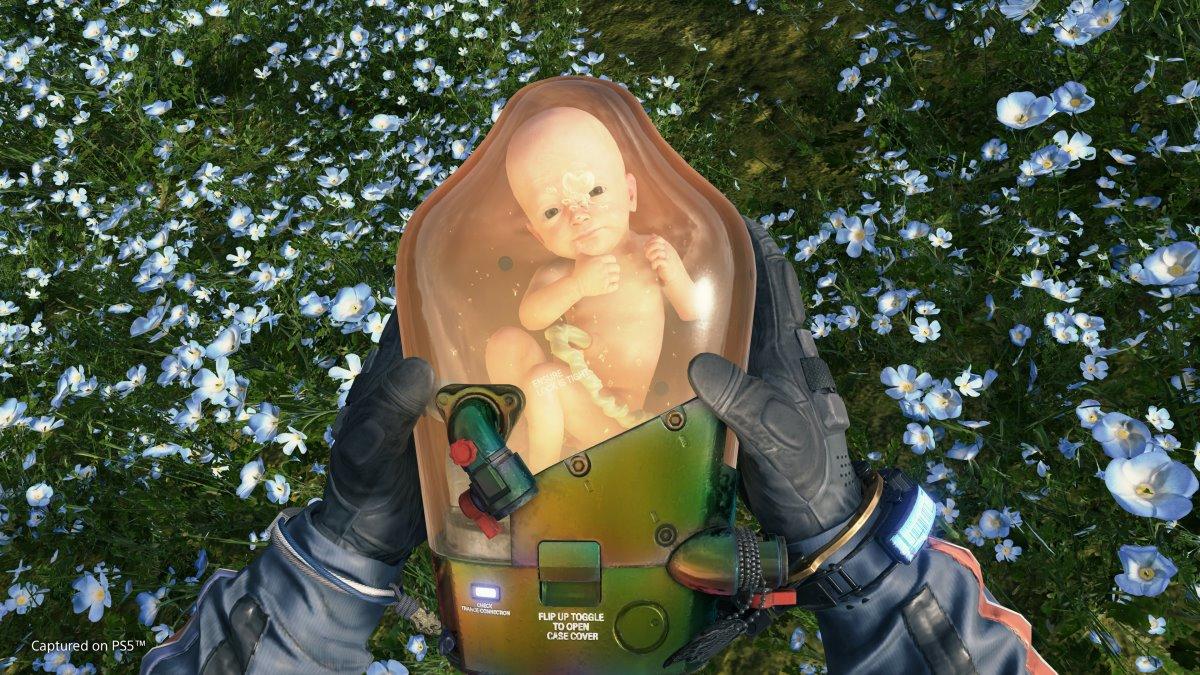
Players control Sam Porter Bridges, portrayed by Norman Reedus. Sam is a porter, one of the few people who still venture outside their bunkers and the few remaining cities. He’s able to survive because he has DOOMs, a condition that lets him sense BTs, and is a repatriate, meaning he can return from the Beach after death. Essentially, Sam and the porters are supernaturally-enhanced truckers (sans the truck, at least early on) tasked with delivering essential supplies like food and medicine to society while mostly existing outside of those last bastions of civilization. Most of Death Stranding‘s gameplay focuses on all the rigor and details Sam must consider while traversing North America’s haunted landscape, from balancing cargo weight across his body to making sure he has the tools to cross rivers and climb mountains. Sam also happens to be the adopted son of the last American president. On her deathbed, she guilt trips Sam into trying to reconnect the country through the chiral network (basically, a powerful, death-powered form of wi-fi) and rescue his adoptive sister from terrorists on the opposite coast.
It’s a lot. Kojima packs supernatural sci-fi ideas into Death Stranding with the same density that he packed political conspiracies into Metal Gear Solid. Much of it is incredibly goofy, but Kojima has a gift for delivering these ideas with such a straight face that the player has to take them seriously.
A lot of it is clever and thoughtful as well. The existence of MULEs, raider tribes that live outside cities and are violently addicted to delivering cargo, is absolute nonsense on the surface. Yet, upon learning of their rise through the backlash to automated labor, there’s something undeniably fascinating in the metaphor. Another big theme of the game is connectivity in human society and life, both in personal connections and technological interconnectivity. Bridges, the company trying to reunite the country through spooky 5G, supplies Sam with a cufflink device that allows him to stay in contact with them and keep track of all sorts of information. It’s handy, like an advanced smartwatch or another such device. And yet it comes with all the same perils, with Bridges, at times, fully admitting that it’s been listening in on Sam’s conversations and tracking his whereabouts. The game sums it up neatly when Sam first receives the device and, despite it looking and physically functioning like a set of handcuffs, the tech company bosses assure him that he’s in no way a prisoner. Definitely. For sure. They pinky-swear promise. Wink.
If you can get on board with Kojima’s bombastic, unsubtle style (certain words are given three or four different loaded meanings in the game’s narrative, at times explained outright in dialogue), it’s a fascinating world. Philosophical questions about human life and death intermingle with a Hollywood plot about the fate of the United States in a distinctly Kojima narrative cocktail. It’s a shame that it is often a chore to play through. As mentioned, travel is the game’s mechanical focus. There’s a lot to consider to make a successful run. Death Stranding is helpful about it, offering to sort Sam’s cargo for the maximum capacity automatically. It also provides hints in mission descriptions about which of the many pieces of equipment are worth fabricating for each journey. However, it is still more likely to appeal to detail-oriented players who value simulation and realism while putting off those looking for more visceral thrills.
Death Stranding‘s “walking simulator” reputation is somewhat earned. The game is truly at its best when it allows you to lose yourself in the wilds, sometimes with one of the mellow pop songs on the game’s soundtrack playing seemingly at random to enhance the meditative experience. Playing on a PlayStation 5, the Director’s Cut HDR implementation gives the world more detail and vivid color. The game takes full advantage of the console’s Tempest Engine with a headset to immerse the player in its world aurally. It’s also easily among the most tactile gaming experiences out there. It leverages all of the DualSense’s haptic capabilities to make players feel every clumsy misstep Sam takes, bend with the weight as Sam struggles to balance, and feel the resistance in the adaptive triggers as he tries to use his tools.
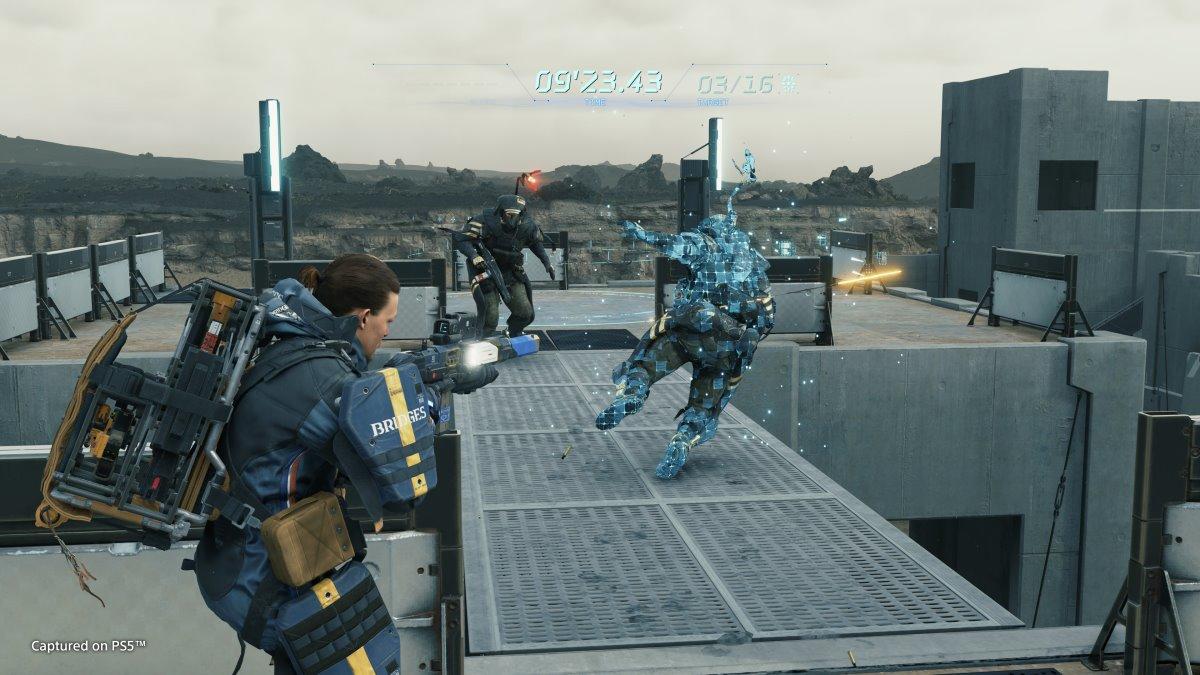
But whenever the game tries to challenge players, it only serves to disrupt the experience. Early on, brushes with the BTs are terrifying. All of the Director’s Cut‘s immersive sensory capabilities come to bear to make it like living out a moment from a horror movie as Sam holds his breath and crouch-walks throughout their midst. It only works because the player has no defense against the creatures. It isn’t long before you develop some anti-BT weapons, at which point all of that menace drains from those encounters.
Similarly, the MULE conflicts are frustrating enough that players may go far out of their ways to travel around their camps and territory and avoid dealing with them. Unfortunately, that’s less out of a sense of strategy as much as engaging with MULEs isn’t fun. However, some missions require players to infiltrate their camps. The stealth and sneak options are rudimentary, and players can’t use lethal force without risking a voidout. Instead, they rely on non-lethal weapons, typically bondage items, to take out MULEs. But these stealth-based moments are more frustrating than fulfilling. The Director’s Cut supplies players with a mazer gun that allows them to shock MULEs from a distance, which goes far in easing these encounters. However, it isn’t enough to make them something that feels worthwhile.
There are other moments where Death Stranding jumps into action game mode with similarly lackluster results. That’s the big problem with Death Stranding, that it’s trying to be too many things. At its best, it’s a fascinating adventure game with mechanics that almost deconstruct the open worlds of similar games. But it too often attempts to craft other modes of gameplay — stealth, action, survival-horror — onto it, and that only serves to dilute the core. And even that central experience lessens over time, as each new advancement unlocked makes engaging with the game on those base terms less necessary.
But there’s no denying Death Stranding: Director’s Cut‘s technical achievements. It’s incredibly immersive, putting every new capability built into the PlayStation 5 to the test and coming out triumphant. If you were disappointed by Death Stranding‘s unwieldy gameplay the first time around, the Director’s Cut isn’t going to win you over. But if Kojima’s storytelling won you over, this will be a worthwhile upgrade.
Rating: 2.5 out of 5
Death Stranding: Director’s Cut is available now on PlayStation 5. A game code was provided by the publisher for the purposes of this review and it was reviewed on PlayStation 5.
